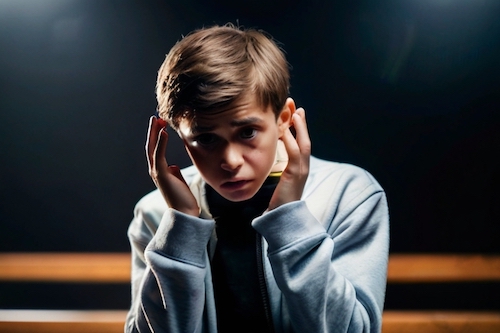The Performance Mentor
Safeguarding Your Child on a Film Set
Title: Essential measures and best practices when safeguarding your child on a Film Set
Description
In the dynamic world of filmmaking, children often play significant roles in various productions. However, ensuring their safety and well-being on a film set is paramount. With numerous potential hazards and challenges present, it’s crucial for parents and guardians to understand the necessary precautions and best practices for safeguarding their child in such environments. Let’s explores essential measures and tips to protect our children on film sets, ensuring a secure and nurturing experience.
Understanding the Risks:
- Physical Hazards: Film sets can be bustling environments with various physical hazards such as heavy equipment, electrical wiring, and moving vehicles. Children may not always be aware of these dangers, necessitating vigilance from parents and set staff.
- Emotional Well-being: Working in the film industry can be emotionally demanding, especially for young performers. Long hours, pressure to perform, and exposure to mature content can impact a child’s mental health if not managed appropriately.
- Privacy and Consent: Children have a right to privacy and should be protected from unwanted exposure, both on and off-camera. Parents must ensure that their child’s privacy and consent are respected throughout the filming process.
Essential Measures for Safeguarding Children:
- Legal Protections: Familiarize yourself with child labour laws, regulations, and industry standards in your jurisdiction. These laws typically outline working hours, required breaks, and conditions for child performers.
- Screening and Background Checks: Before allowing your child to work on a film set, research the production company and individuals involved. Ensure they have a track record of prioritizing child safety and conduct background checks where necessary.
- Parental Presence: Whenever possible, accompany your child on set. Your presence provides an additional layer of protection and reassurance for your child. Please note there will always be a chaperone on a legal set, and the production company would of applied for a child licence for you to be there..
- Communication with Production: Maintain open communication with the production team regarding your child’s needs, limitations, and boundaries. Discuss any concerns you may have regarding scenes, language, or content that could be distressing for your child.
- Designated Safe Areas: Identify designated safe areas on set where children can retreat if they feel overwhelmed or unsafe. These areas should be easily accessible and staffed by responsible adults who can provide support and supervision.
Best Practices for Parents and Guardians:
- Education and Training: Equip yourself with knowledge about the filmmaking process and potential risks involved. Consider attending workshops or courses on child safety in the entertainment industry.
- Empower Your Child: Teach your child about safety measures and encourage them to speak up if they feel uncomfortable or unsafe on set. Empowering your child with knowledge and confidence can help them assert their boundaries effectively.
- Establish Boundaries: Clearly define boundaries regarding the types of roles your child is comfortable with and the content they are willing to participate in. Advocate for your child’s best interests and ensure that their well-being always takes precedence over the demands of production.
- Monitor Working Conditions: Regularly assess the working conditions on set, including temperature, lighting, and access to food and water. Ensure that your child is not overworked or subjected to unsafe conditions that could compromise their health.
- Seek Support: Build a network of support among other parents, guardians, and industry professionals. Share experiences, resources, and advice to collectively ensure the safety and well-being of child performers.
Conclusion:
Safeguarding children on film sets requires a collaborative effort between parents, guardians, production companies, and industry stakeholders. By understanding the risks, implementing essential measures, and following best practices, we can create a safe and nurturing environment where children can thrive creatively without compromising their safety or well-being. Together, let us prioritize the protection of our youngest talents and ensure that their experiences in the world of filmmaking are positive, enriching, and empowering.

